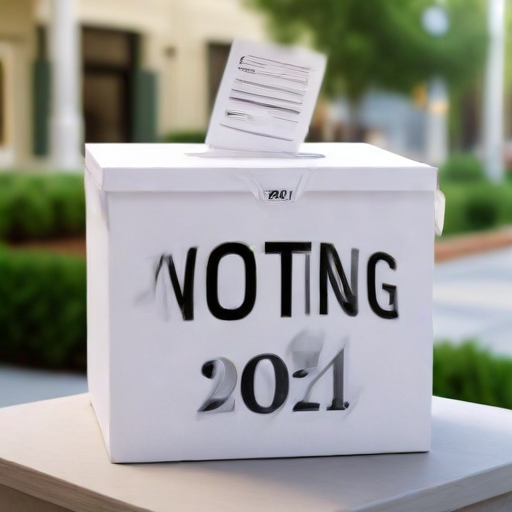In U.S. history, five presidents have ascended to the presidency without securing the popular vote, with Donald Trump being the most recent in the 2016 election. Although Hillary Clinton garnered over 2.8 million more votes nationwide, she lost the election due to a critical loss in several key states, resulting in an Electoral College tally of 306 for Trump and 232 for Clinton. In 2020, Trump again suffered defeat, this time to Joe Biden, who also received 306 electoral votes, while Trump secured 232.
As we approach the 2024 presidential election, Trump has secured the GOP nomination once again, this time facing a competitive race against Vice President Kamala Harris.
The Electoral College has long served as the mechanism for electing the president and vice president in the United States. Understanding its function is vital—candidates must achieve 270 electoral votes, which are allocated from a total of 538, to secure the presidency.
Prior to the election, each state appoints a group of electors. After citizens cast their votes in November, the candidate who wins the majority of the popular votes in a state determines which electors will represent that state in the Electoral College. Most states utilize a winner-take-all system, where the leading candidate takes all of that state’s electoral votes, except for Maine and Nebraska, which employ a proportional allocation.
Electors gather in December to cast their votes for the presidency, a process occurring on the first Tuesday following the second Wednesday of the month.
Each state’s number of electors is based on its congressional representation. Smaller states like Alaska and Wyoming have three electors—equal to one congressional representative and two senators—while populous California boasts 54 electoral votes. Recent population shifts following the 2020 Census have resulted in Texas gaining two electoral votes and several other states adjusting their counts.
Electors themselves are designated by their respective political parties and typically include party loyalists, officials, and activists, while members of Congress and individuals involved in insurrection or rebellion are prohibited from serving. In a scenario where electoral votes result in a tie, the newly elected House of Representatives would determine the president, while the Senate would choose the vice president.
With discussions around the Electoral College dominating public discourse—65% of Americans in a recent poll favor electing the president by popular vote—multiple proposals for reform have emerged. The most prominent among them is the National Popular Vote Interstate Compact, which has been agreed upon by 17 states and Washington, D.C. However, this compact becomes effective only if enough states join to collectively represent a majority of electoral votes.
While many Americans question the need for the Electoral College, proponents argue it prevents larger urban centers from overshadowing less populous states in political campaigns, preserving the intent of the Founding Fathers to create a balanced electoral system.
The establishment of the Electoral College traces back to the Constitutional Convention of 1787, with major changes introduced through amendments like the 12th Amendment in 1804, which distinguished the electoral processes for the president and vice president. This foundational aspect of American governance continues to evoke debate and calls for reform, reflecting the evolving political landscape and the desire for a more representative electoral process.
Overall, as we navigate through the intricacies of electoral processes and the role of the Electoral College, there remains an opportunity for dialogue and reform that could ultimately reshape how leaders are chosen in the United States, ensuring that every vote truly counts.
